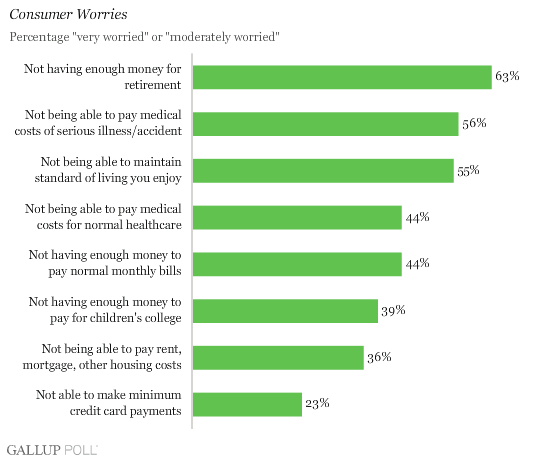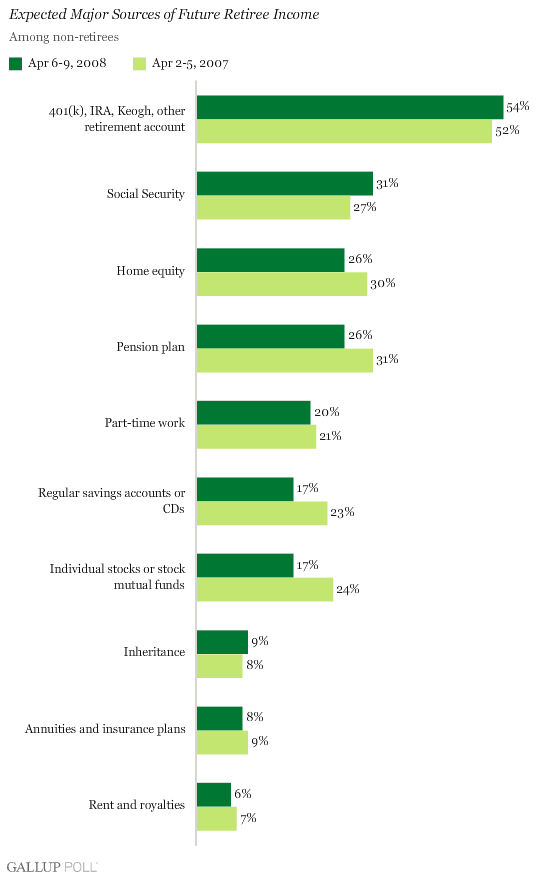
Have you cast your vote yet?
Deal or No Deal … YOU DECIDE
Click here to vote!
_______________________________
In my post about debt, I said that it is not always correct to simply pay down old debt … in this post, you will see that it’s rarely ever correct.
First, let’s look at Jeff’s comments, which summarize the traditional view that it’s all about interest rate comparisons:
My opinion is to still compare your debt interest to prevailing debt rates (is it cheap money compared to what else is available?), how does inflation affect the rate (cheaper future dollars point again) and can I out perform the debt rates with the investment opportunity that is competing for this money.
Without the tax advantage, I’m more inclined to pay off the debt, i.e. lower tolerance for high debt interest.
I haven’t done any math on it…yet, but my gut feel is that 6% or higher on the debt and I’d be giving serious thought to paying off the loans.
This may be true, Jeff, if all else is equal …
… but in the ‘real world’ of investing, you will find that all else is rarely equal!
You see, I don’t look at interest rate and cost anywhere near as much as I look at utility – a concept that I introduced in this post: if I am serious about investing, I am struggling to find a scenario where putting my money INTO reducing leverage (by paying down existing loans) returns more than taking on new ‘good’ debt …
…. or, leaving old ‘bad’ debt in place, as long as it is cheap’ish and, much more importantly, available!
I’m sure that our resident real-estate experts (e.g. Shafer Financial) could point you to 1,000 examples where it is still viable to maintain debt of 8% – 15%+ as long as you could find cash-flow positive real-estate that appreciates at not much more than inflation.
It doesn’t even need to be real-estate, but it does depend on what you are prepared to invest into; e.g. assuming Michael Masterson’s numbers:
- CD’s return 4%, so I would pay down the 6%+ debt
- Index Funds return 8%, therefore, I would be inclined to keep the debt if it were very close to 6%; anything above and we would have a more difficult decision
- Individual Stocks return 15%; I would buy the stocks (and, probably margin borrow into them as well), but that’s just me … Warren Buffett would say ‘never borrow to buy stocks’, so you have a ‘philosophical’ decision to make
- Real-estate (together with stocks) returns 30%; @ 6% I would keep the loan (for as long as possible!) and buy the real-estate
- Businesses return 50%+, so I would keep the loan in place (again) and use the ‘repayment money’ to help start up
Besides the obvious tax implications (e.g. CD’s and Index Funds – depending upon whether they are inside or outside a 401k – could become ‘line ball’ with paying off the 6%+ debt (IF it were pretty close to the 6% mark) …
BUT, you have highlighted a more important flaw in my argument: this table only looks at the use of the money; what if I could get a cheaper source of funds by paying down the old debt then acquiring new?
Great argument, in theory, but let’s see how it stacks up in the ‘real world’ … the simple question is: can we refinance or otherwise acquire cheap, new debt (thus allowing us to pay down the expensive, old debt) as Jeff suggests?
Let’s see:
CD’s: I don’t see any easy way to finance except with personal loans, credit cards, a refi or HELOC over our home, so I would say let the debt ride. But, the list above suggests that this would a recipe for losing money, anyway, because of the low returns.
Index Funds: possible to borrow on margin (i.e. finance) through a brokerage account (but, not in your 401k) but only to a max. of approx. 50% so you would still need to come up with the other 50% elsewhere.
Individual Stocks: same as with Index Funds (e.g. I am 100% financed in the US market through a combination of HELOC and margin loans).
Real-Estate: usually able to refinance, so I would agree with you to “compare your debt interest to prevailing debt rates”; other than right now, 6% is extraordinarily low historically … 8% – 10% would be closer to my refinance decision-point.
Small Businesses: very hard to finance except with personal loans and credit cards, so I would say let the debt ride if you were highly enthused and confident of success.
In other words, finance is simply not readily available on most investment choices available to us.
So, the questions that you need to answer – probably in this order, Jeff – are these:
1. Do I want to get rich(er) quick(er)?
2. If so, am I prepared to increase – or, at least maintain – leverage by borrowing for investments?
3. If so, am I prepared to make the mental leap of moving to the concept of ‘pools of debt’ and ‘pools of equity’ by not actually having the debt entirely on the asset that I am acquiring?
And, more importantly:
4. Is new debt available to make the investment/purchase (if so, is it cheaper than my current debt)?
5. Does the investment/asset that I am considering acquiring return more than my current (or new) debt?
If you don’t get past Question 1. then paying down debt is the only Making Money 101 strategy that you need to be concerned with … otherwise, I don’t really see this going half-way 😉










 This kind of follows on from the
This kind of follows on from the